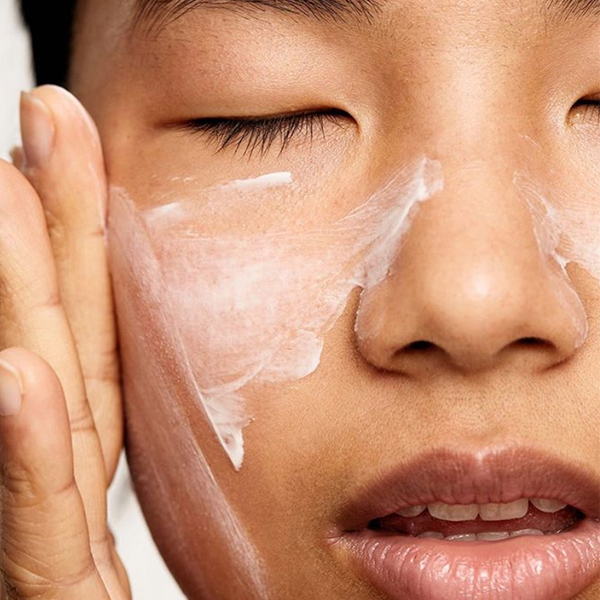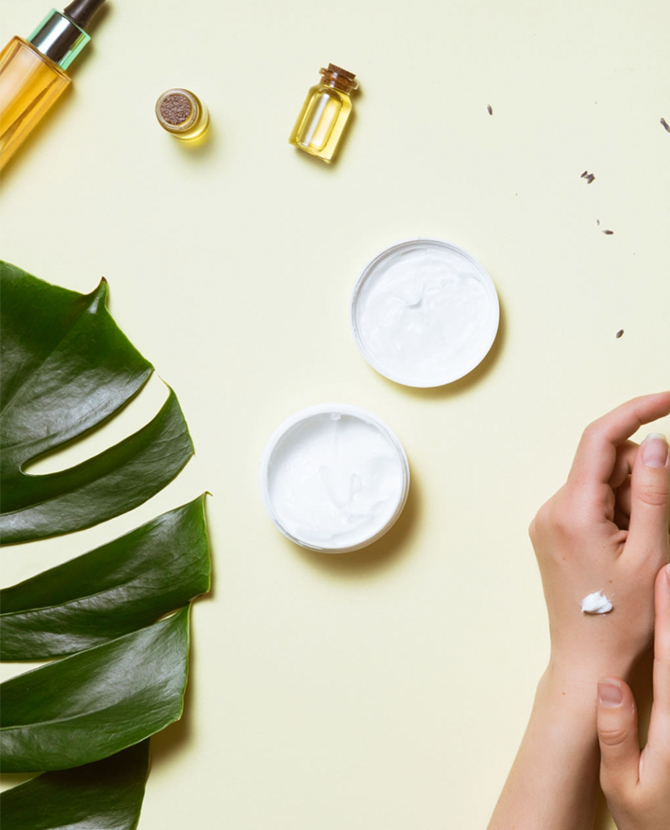The clean beauty movement is now mainstream, and for good reason too. Valued at $532 billion by retail analytics firm Edited, the beauty industry continues to grow and shift to cleaner, non-toxic products as consumer awareness of cosmetic ingredients keep increasing. After all, if you are what you eat, then the same goes for what you use for your face, body and skin.
According to a Forbes report on future beauty trends, two-thirds of beauty buyers will be interested in trying new products from other brands if they are natural, 59% agreed if they are clean and 55% would switch for sustainable products.
So, we’re steadily building our clean beauty regime, but hold up—what does clean even mean? How does natural differ? What does green entail? How important are non-toxic products?
The beauty industry is grossly unregulated. Products and ingredients do not need FDA approval before they go on the market under U.S. law. While there are ways to differentiate toxic products by their ingredients list, the plethora of terms still make it pretty confusing when we’re on the hunt for new products. Definitions often change between different companies and packages, and with more options than ever, it makes it almost impossible to navigate—and tell the truth—between greenwashing and truly clean beauty brands.
Below, we’ve created a list of beauty buzzwords to help you deconstruct and decipher the ambiguous labelling and prep you for your next clean beauty haul.

CLEAN
An umbrella term in the industry, clean can mean a lot of different things and be open to interpretation. But for us, the easiest way to determine whether a product is truly clean is if it’s safe for the people and the planet. Like clean eating, clean beauty products reject the use of harmful ingredients and offer safe alternatives for our skin and health, which are often non-toxic and plant-based as a starting point.
Clean beauty ingredients encompass both natural or synthetically derived ingredients—for example, poison oak is found in nature but it will still give you a rash while lab-made hyaluronic acid is perfectly safe for humans—and often will not include parabens, synthetic fragrances, synthetic dyes or flavours, formaldehyde releasers, etc. in the formulas.
Brands that fall under this category are also usually sustainable (see below), which means making transparent, conscious decisions around their processes and ingredients, like field-to-face tulip skincare brand Bloomeffects‘ commitment to ethically-sourced, non-toxic ingredients and planet-first processes (recyclable packaging, renewable materials, etc).
NATURAL
Natural-labelled beauty products mean that the ingredients used are sourced from nature, such as botanical oils, natural salts, extracts and butter, etc. The benefits of nature’s gifts are bountiful, from anti-ageing properties to hydrating effects. Usually, truly natural brands will strive to be clean and use non-toxic natural ingredients.
However, it’s important to remember not all natural ingredients are safe for our skin and need to be formulated carefully to create safe, effective formulations. Essential oils, for example, aren’t officially regulated and considering how concentrated they are in undiluted form, will cause major problems for your skin. Natural products may also have a negative environmental impact if produced irresponsibly – rapeseed and sunflower oils need more land to produce the same volume, which can impact habitats and biodiversity, according to WWF.
GREEN
Green indicates that the product brings no harm to the environment. Brands that use the label green should show that they’re eco-conscious and may partake in one or more green initiatives under their philosophy. This can include going completely compostable face wipes, reef-safe sunscreen or Pinch of Colour‘s waterless beauty brand which was created to address the issue of global water shortage.
SUSTAINABLE
Sustainable goes hand in hand with clean and green, but it also sets the focus on the future. According to the United Nations, the term itself represents the wide scope of issues and activities that do not compromise the ability of future generations to meet their needs. What that means that products deemed sustainable generate environmental and social benefits, while not using up too many resources or causing pollution. This can include everything from ethical labour practices to a transparent supply chain and how brands counteract their impact on the environment.
Most companies will have different standards for what sustainable beauty means, along with different guideline and goals towards sustainability. For example, clean beauty retailer Credo offers a recycling-and-rewards program as part of its brick-and-mortar operations in order to reduce their footprint.
In the case of ingredients, those which are truly sustainable should be ethically sourced and environmentally safe, with packaging that is either no-waste, biodegradable, recycled, etc.
ORGANIC
Organic ingredients are ingredients grown without the use of pesticides, herbicides, synthetic fertilisers, GMO, sewage sludge or ionising radiation. It is one of the few terms that does carry an official form of verification as beauty products that are certified to be at least 95% organic will boast an official USDA Organic seal. These products must also comply with other strict guidelines such as precise handling and manufacturing specifications.
Another certification that you may see around is that of ECOCERT‘s, whose standard is that 95% of the ingredients must be plant-based while 10% of all ingredients by weight must come from organic farming. The packaging must also be recyclable.
While looking for the organic seal can help you identify whether your makeup is really organic or not, certified organic products don’t actually have to use the seal itself. To be labelled organic, certified products must display the organic and non-organic ingredients on their label, along with the name of the organic certifier. So, read the label closely if you don’t see the seal.
NON-TOXIC
Precisely what the words mean, non-toxic products should not contain any ingredients that are toxic or shown to cause adverse health effects at the levels found for use and in the formula. However, since it’s not regulated by the FDA, the label will usually be what the makers deem as non-toxic, which puts you at the risk of being greenwashed.
Don’t be fooled by the label and make sure you read through the ingredients involved. Familiarise yourself with the chemicals to avoid such as parabens, phthalates, triclosan, formaldehyde, and synthetic colours.
VEGAN
Products that are vegan do not contain any animal by-products or ingredients sourced from animals. Non-vegan beauty ingredients include beeswax, lanolin, hyaluronic acid, alpha-hydroxy acids, panthenol, retinol and more.
CRUELTY-FREE
Cruelty-free products will mean that no animal testing took place at any point in its creation or before being sold. This includes individually sourced ingredients, third-party testing and that any animal-derived ingredients were not extracted at the expense of the animal’s welfare. Some brands are certified by PETA or have a “Leaping Bunny Certified” icon to prove their commitment to protecting the welfare of animals. Note: a product can be cruelty-free but not vegan, and vice versa.
It’s a lot to take in, we know. The clean beauty movement has a lot to offer but as consumers, we need to educate ourselves so that we don’t fall victim to aggressive marketing claims that greenwash you. Ultimately, the best thing we can do to find what works best for us is by making better-informed decisions for ourselves and the planet.
| SHARE THE STORY | |
| Explore More |




